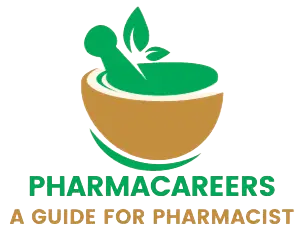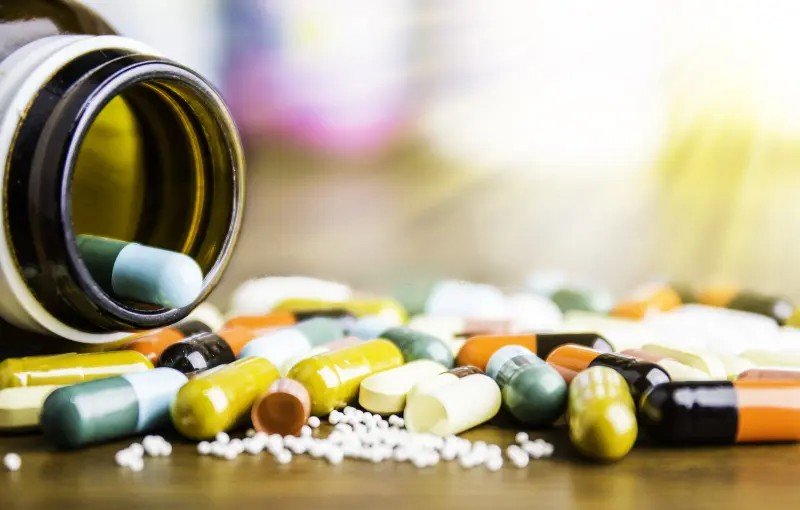-
Assessment of Microbial Contamination and Spoilage
Assessment of Microbial Contamination and Spoilage The evaluation of a medicinal product’s microbiological composition is critical. While sterile products should be completely devoid of microorganisms (as determined by sterility tests), non-sterile items may still include microorganisms. These microorganisms can be either pathogenic or non-pathogenic and have the potential to cause deterioration, posing health risks. Physical
-
Application of Cell Cultures in Pharmaceutical industry and Research
Application of Cell Cultures in Pharmaceutical industry and Research Cell culture is a laboratory technique where cells are grown under controlled conditions, typically outside their natural environment. This process involves isolating cells from tissues and maintaining them in a suitable growth medium that provides the necessary nutrients, growth factors, and environmental conditions (such as temperature
-
Primary, Established and Transformed Cell Culture
Primary, Established and Transformed Cell Cultures Cell culture is a fundamental technique in microbiology and pharmaceutical research, involving the growth of cells in a controlled artificial environment. This method allows scientists to study the behavior of cells in a way that closely mimics their natural state within an organism. Here are some key points about
-
Growth of Animal Cells in Culture, General Procedure for Cell Culture
Growth of Animal Cells in Culture, General Procedure for Cell Culture Cell culture refers to the process of growing cells under controlled conditions, typically outside their natural environment. This technique is fundamental in microbiology and pharmaceutical studies for several reasons: Research and Development: Cell cultures allow scientists to study the biology of cells in a
-
Evaluations of Microbial Stability of Formulations
Evaluations of Microbial Stability of Formulations Microbial stability refers to the ability of a pharmaceutical formulation to resist microbial contamination and maintain its integrity over time. This is crucial because microbial contamination can lead to the degradation of the product, reducing its efficacy and potentially causing harm to patients. Contaminated products can undergo changes in
-
Preservation of Pharmaceutical Products Using Antimicrobial Agents
Preservation of Pharmaceutical Products Using Antimicrobial Agents Pharmaceutical products play a crucial role in healthcare by diagnosing, treating, and preventing diseases. However, these products are vulnerable to microbial contamination, which can lead to spoilage, reduced efficacy, and potential health risks for patients. To ensure the safety and longevity of pharmaceutical products, antimicrobial agents are employed
-
Sources and Types of Microbial Contaminants
Sources and Types of Microbial Contaminants Microbial contamination is a critical concern in the pharmaceutical industry. Understanding its sources and types is crucial for safeguarding patient health. In this comprehensive article, we’ll explore the intricacies of microbial contamination, its potential origins, and effective preventive measures. Limitations of Microbial Data: Before we dive into the specifics,
-
Types of Spoilage, Factors Affecting the Microbial Spoilage of Pharmaceutical Products
Types of Spoilage, Factors Affecting the Microbial Spoilage of Pharmaceutical Products As pharmaceutical manufacturers strive to ensure the safety and efficacy of their products, the specter of microbial spoilage looms large. Imagine a scenario where a seemingly pristine medication harbors hidden microbial invaders—potentially compromising patient health and tarnishing the reputation of the company responsible. In
-
Assessment of New Antibiotics
Assessment of New Antibiotics In the relentless battle against infectious diseases, antibiotics have been our stalwart defenders. However, their effectiveness is increasingly threatened by the emergence of antibiotic-resistant pathogens. As we stand at this critical juncture, the assessment of new antibiotics becomes paramount. The Urgency of Assessment: Imagine a world where common infections become life-threatening
-
Methods for Standardization of Antibiotics, vitamins and Amino Acids
Methods for Standardization of Antibiotics, vitamins and Amino Acids In the intricate world of pharmaceuticals, precision matters. The methods for standardizing antibiotics, vitamins, and amino acids play a pivotal role in maintaining safety, efficacy, and reliability. As we delve into the microscopic realms of these essential compounds, we find ourselves at the crossroads of science
Search
Recent Posts
- 2D Echo Test (Echocardiography): Uses, Procedure, Normal Values, Cost, and Clinical Importance
- The Ultimate Guide to Glucometers: Types & Uses Explained
- Mounjaro Injection (Tirzepatide): Uses, Dosage, Benefits, Side Effects & more
- Benefits of Walking for Heart and Diabetic Patients
- Bevacizumab Explained: Structure, Mechanism of Action, Clinical Uses, and Side Effects
Categories
- Biochemistry
- Biostatistics
- Biotechnology
- Blogs
- Chemistry
- Community Pharmacy
- Diagnostic tests
- Disease & Conditions
- Drug Index
- Featured Blog
- Hospital Pharmacy
- Human Anatomy And Physiology
- Inorganic Chemistry
- Lifestyle & Wellness
- Medicinal Chemistry
- Microbiology
- Miscellaneous
- Novel Drug delivery Systems
- Organic Chemistry
- Pathophysiology
- Pharma Instruments & Devices
- Pharma News & Updates
- Pharma Updates
- Pharmaceutical Analysis
- Pharmaceutical Jurisprudence
- Pharmaceutics
- Pharmacognosy
- Pharmacology
- Pharmacy
- practice mcq
- Previous Question Papers
- Social Pharmacy
- Study Material
Archive
- December 2025 (3)
- November 2025 (1)
- October 2025 (1)
- September 2025 (7)
- August 2025 (7)
- July 2025 (6)
- June 2025 (9)
- May 2025 (9)
- April 2025 (10)
- March 2025 (13)
- February 2025 (13)
- January 2025 (20)
- December 2024 (48)
- November 2024 (49)
- October 2024 (64)
- September 2024 (62)
- August 2024 (58)
- July 2024 (56)
- June 2024 (25)
- May 2024 (17)
- April 2024 (19)
- March 2024 (21)
- February 2024 (18)
- January 2024 (24)
- December 2023 (13)
Tags
biochemistry bpharmacy third semester Construction free practice mcq inorganic chemistry microbiology microbiology mcq pathophysiology Pharmaceutical Engineering pharmaceutics Pharmacology pharmacy practice mcq physical pharmaceutics physical pharmaceutics 2 practice MCQ for govt pharmacist exam





